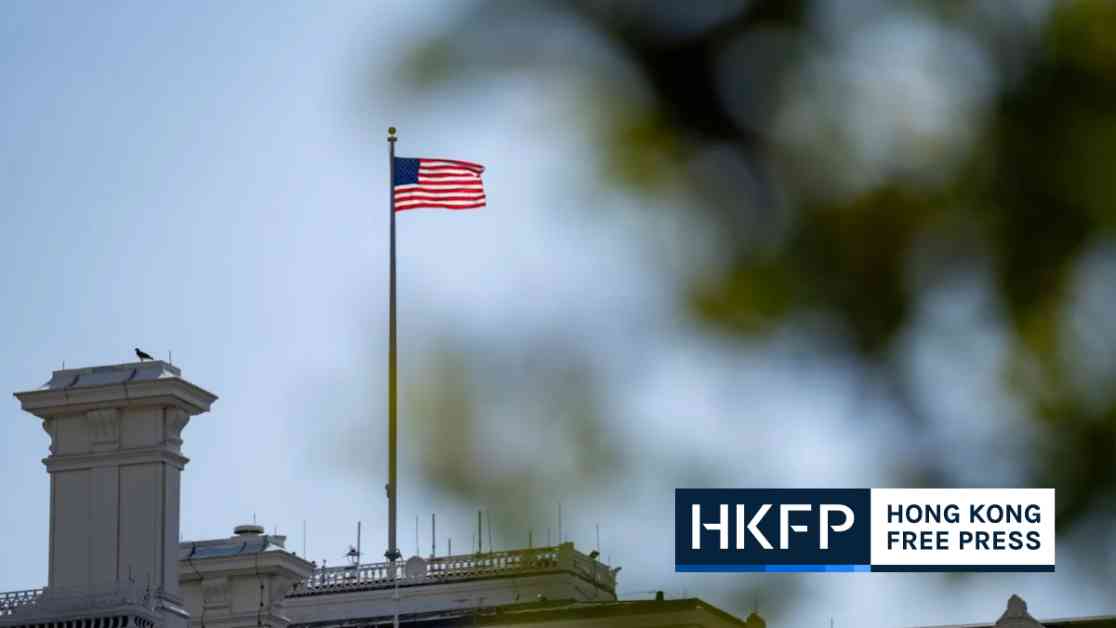US Raises Tariffs on Chinese Electric Vehicles and Goods
In a significant move, the United States has decided to increase tariffs on Chinese goods, including electric vehicles (EVs) and related components. This decision comes amidst escalating tensions between the two economic powerhouses, with the US imposing a 100 percent duty on electric vehicles and a 25 percent duty on EV batteries, which will take effect in the coming weeks.
The White House had previously announced these steep tariff increases in May, targeting crucial sectors such as EVs, semiconductors, batteries, and solar cells. These measures have not gone unnoticed by Beijing, which has strongly condemned the US’s actions in response.
The timing of these tariff hikes is particularly noteworthy, coming just ahead of the November presidential election. Both Democrats and Republicans are keen to demonstrate a tough stance on China as competition between the two countries intensifies.
US Trade Representative Katherine Tai emphasized the rationale behind the tariff increases, stating, “Today’s finalized tariff increases will target the harmful policies and practices of the People’s Republic of China that continue to impact American workers and businesses.” These moves are part of a broader strategy to address concerns related to unfair trade practices and market access.
The tariff increases will not only affect electric vehicles and batteries but also extend to other critical areas. The US Trade Representative’s office confirmed that a 50 percent duty on semiconductors, a significant jump from previous levels, will come into effect in 2025. Additionally, a 25 percent tariff on lithium-ion batteries that are non-EV will be implemented in January 2026.
This latest round of tariff hikes covers approximately $18 billion worth of goods and follows a review of levies imposed during the previous administration. The Biden administration’s actions build upon existing tariffs while also introducing new measures to address a broader range of products.
Beyond the tech industry, the tariffs will impact goods such as cranes and medical products. Ship-to-shore cranes will face a 25 percent tariff this year, with exclusions granted for orders placed before mid-May, provided they are delivered by May 2026. This decision aims to provide some relief to port operators, given China’s dominance in the industry.
Medical products will also be subject to tariff changes, with medical face masks facing a 50 percent duty. The Biden administration is taking steps to reduce reliance on Chinese suppliers in critical sectors, including healthcare, by incentivizing domestic production and sourcing.
In light of concerns about underpriced exports from China, the US government is also looking to address loopholes that allow lower-value shipments to enter without tariffs. The de minimis rule, which exempts foreign shipments with a fair retail value of $800 or less from tariffs, is being scrutinized to prevent the influx of cheap Chinese products.
President Joe Biden’s administration has been proactive in supporting key industries like semiconductor manufacturing and green energy investments. These tariff increases are part of a broader strategy to bolster domestic production and safeguard American industries from unfair competition.
The decision to raise tariffs on Chinese goods underscores the complex dynamics of the US-China trade relationship. As both countries navigate geopolitical tensions and economic competition, the impact of these measures will be closely watched by industry stakeholders and policymakers alike.
Implications for the EV Industry
The increase in tariffs on electric vehicles and batteries will have significant implications for the EV industry. With a 100 percent duty on EVs and a 25 percent duty on batteries, manufacturers and consumers are likely to feel the impact of these changes.
For EV manufacturers, the higher tariffs could lead to increased production costs, which may ultimately be passed on to consumers. This could potentially slow down the adoption of electric vehicles in the US market, as higher prices could deter buyers.
Global Trade Dynamics
The escalation of tariffs on Chinese goods also raises broader questions about global trade dynamics. As the US and China engage in a tit-for-tat trade war, other countries are likely to feel the ripple effects of these actions.
The Biden administration’s decision to increase tariffs on a range of Chinese products reflects a broader shift towards a more protectionist trade policy. This approach marks a departure from previous administrations’ efforts to promote free trade and globalization.
Future Outlook
Looking ahead, the impact of these tariff increases on the US-China trade relationship remains uncertain. While the Biden administration is taking a tough stance on China, the long-term implications of these measures on economic ties between the two countries are yet to be fully realized.
As both nations grapple with the challenges of a changing global economy, the decisions made today will shape the future of US-China trade relations for years to come. It is essential for policymakers to carefully consider the consequences of these actions and work towards a more sustainable and mutually beneficial economic partnership.



















